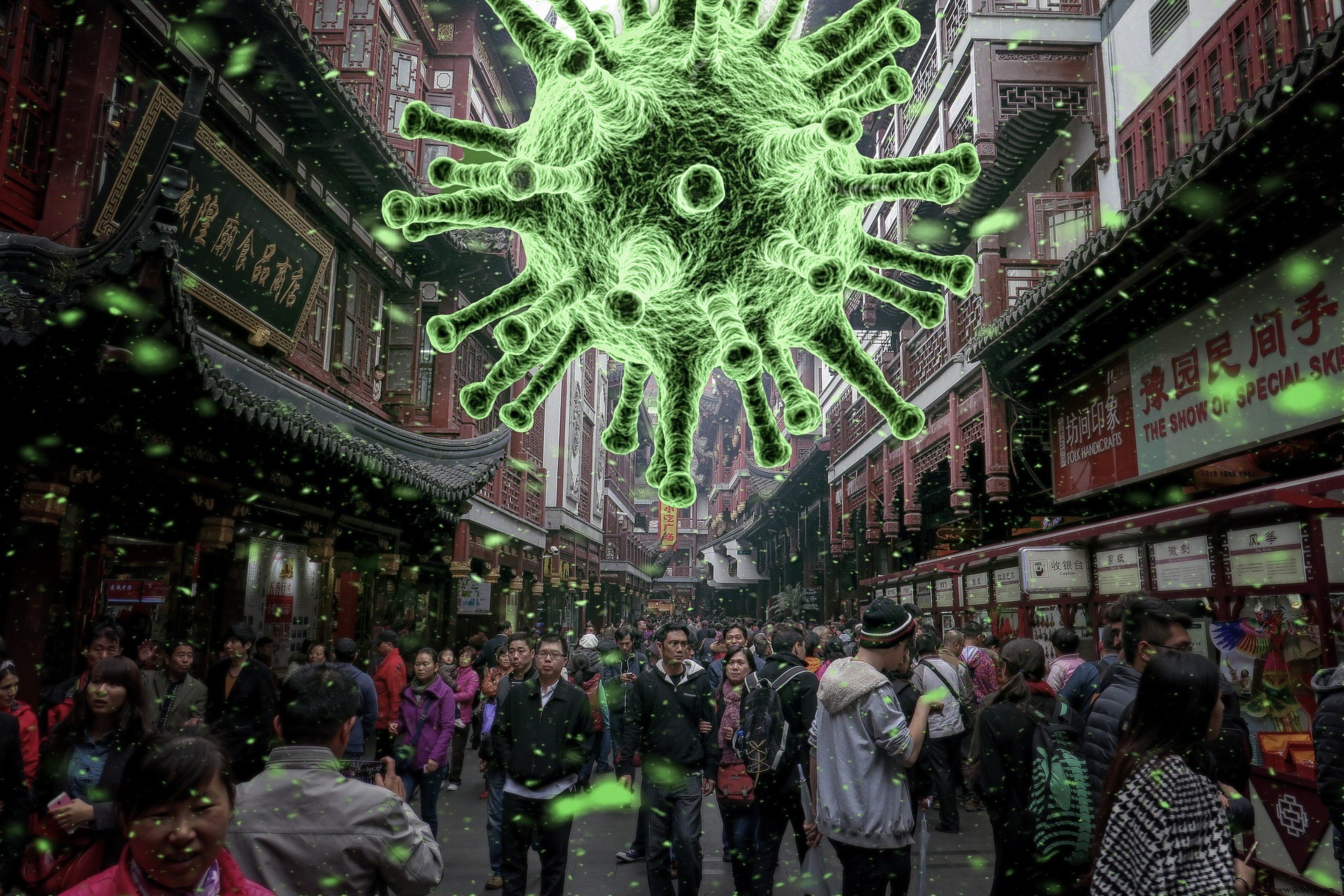New research has shown that the Covid-19 coronavirus (SARS-CoV-2) can remain active on some surfaces for up to three days. Nevertheless, his viral load remains particularly low.
Virus particles tend to "hitchhike" via tiny droplets of saliva and mucus that typically spread over a distance of 1-2 meters. In case of coughing or sneezing, they can then integrate our ocular, nasal or oral cavities. Once inside our organism, the viral particles contained inside then benefit from an ideal environment to undertake the process of replication.
This is why health professionals strongly advise avoiding close contact with people who may be ill . Moreover, the latter also want to be reassuring by explaining that, without a host on which to cling, the viral particles cannot generally survive for more than a few hours. And in the vast majority of cases, this is indeed the case.
Nevertheless, and given the astonishing rapidity with which this new SARS-CoV-2 coronavirus tends to spread, it is worth asking whether these particles have not developed a way to further withstand these dry conditions. Researchers from the National Institutes of Health (NIH), an agency of the US government, have looked into the matter.

As part of this study, they indeed evaluated the survival time of SARS-CoV-2 on several materials. To do this, they used a nebulizer (a device that transforms certain liquids into a cloud of extremely fine particles). They were thus able to imitate the projections of micro-droplets of an infected person coughing.
Researchers then discovered that certain virus particles could survive up to 4 hours on copper, up to 24 hours on cardboard, and up to three days on plastic and stainless steel (although the viral load is, after 72 hours, considerably reduced). One more reason, however, to regularly clean door handles and other handrails found especially in hospital corridors.
This study, details of which were posted on the preprint server medRxiv , also revealed that some SARS-CoV-2 particles could survive up to three hours in the air as an aerosol . However, it should be remembered that there is to date no proof attesting that a person has actually been contaminated by these viral particles which have remained suspended in the air for several hours.
Could we then attribute the astonishing ability to spread of this new coronavirus to this apparent power of stability outside the body? Not necessarily.
During this study, the researchers indeed noticed that the germ that caused the SARS epidemic in 2003 – which was also tested during the experience – showed similar longevity . Thus, the survival time of the new coronavirus outside the body obviously cannot explain why it is spreading so widely.
“127 HCoV-19 (SARS-CoV-2) has caused significantly more illness and resulted in more deaths than SARS-CoV-1 126 , and it also proves more difficult to contain. Our results indicate that it is unlikely that the greater transmissibility observed for 127 HCoV-19 is due to a greater environmental viability of this virus compared to SARS-CoV-1 conclude the authors.
Source
Related articles: